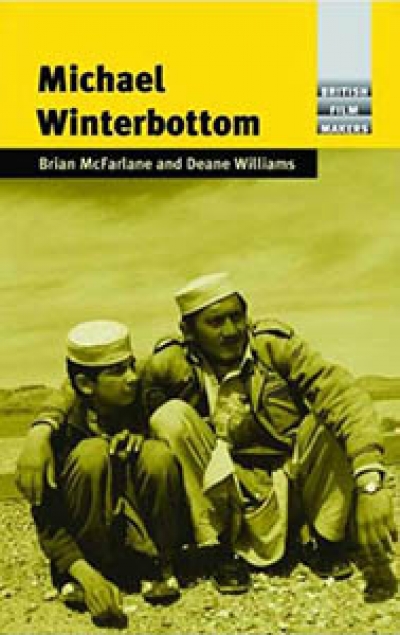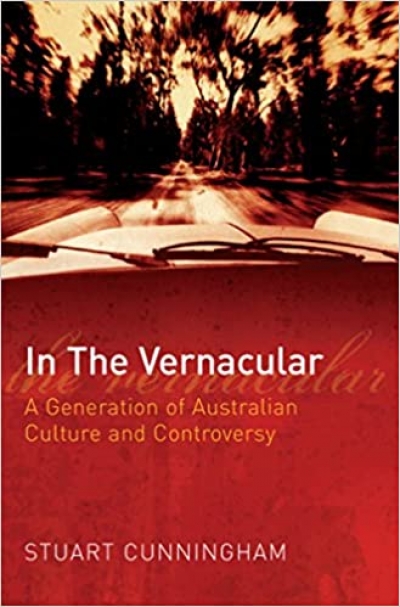Jake Wilson
‘There is such and such a relationship between a man and a woman. They are living in such and such a place. And here come the intruders.’ So Roman Polanski, interviewed in 1969, described the conception of Cul de Sac (1966), his favourite among his films.
... (read more)Conversations with Clint: Paul Nelson’s Lost Interviews with Clint Eastwood 1979–1983 edited by Kevin Avery
One morning in 2004, an Aboriginal man named Cameron Doomadgee was arrested for swearing at a police officer; forty-five minutes later he lay dead on the floor of his cell. Something had gone badly wrong, though the white senior sergeant on duty, the towering Chris Hurley, denied he was in any way at fault.
... (read more)It takes fifteen minutes of screen time before Karen (Shai Pittman), the young Aboriginal heroine of Beck Cole’s Here I Am, finds a room of her own. Before this, we have seen her riding away from prison in a taxi, blissfully feeling the wind on her face; walking through dark Adelaide streets, clutching a box of treasured possessions; and prostituting herself to a stranger in a pub in exchange for a night’s accommodation.
... (read more)Directed by John Boulting in 1947, the original film version of Graham Greene’s thriller Brighton Rock is as honourable an adaptation as anyone could want. The plot may be simplified, but the essentials are all there (Greene himself co-wrote the script), and so is the cheery, grimy atmosphere of a mid-century British seaside resort, captured on location. There are two unforgettable performances, by Richard Attenborough as ‘Pinkie’, the psychopathic teenage gangster with a strangely pure belief in the reality of hell; and by Hermione Baddeley as Ida Arnold, the tart-with-a-heart who vows to bring Pinkie to justice.
... (read more)





